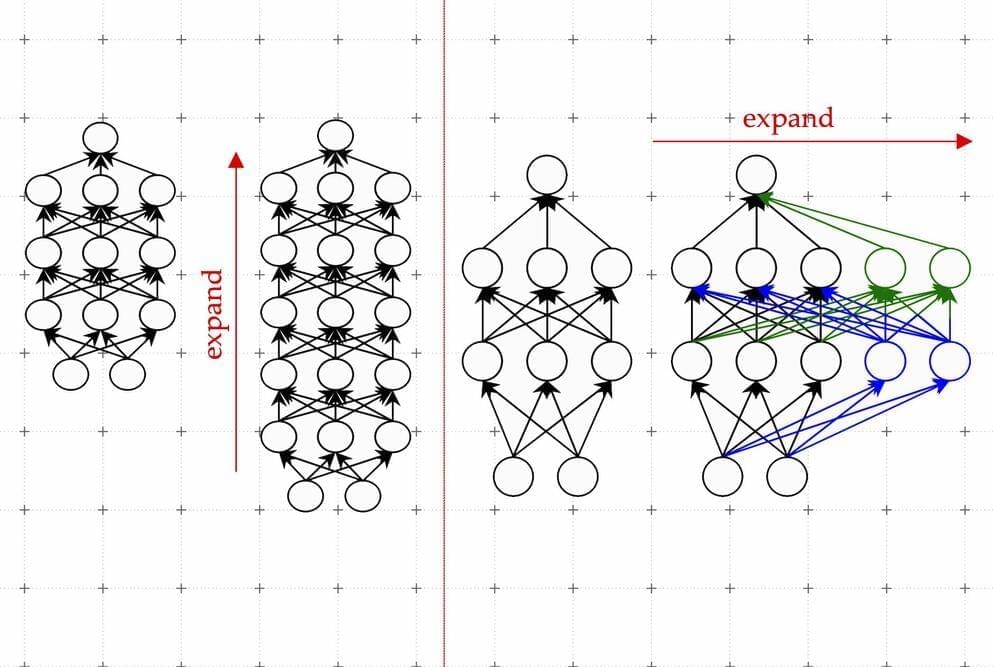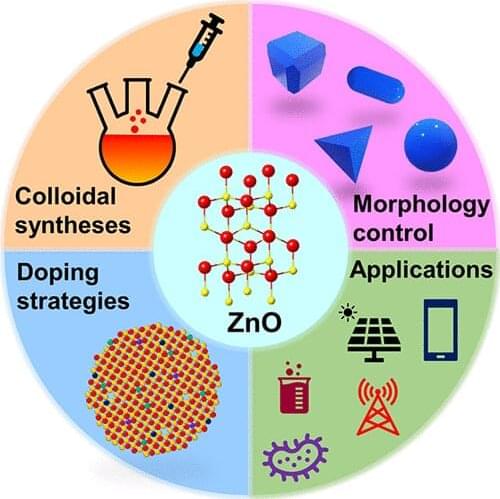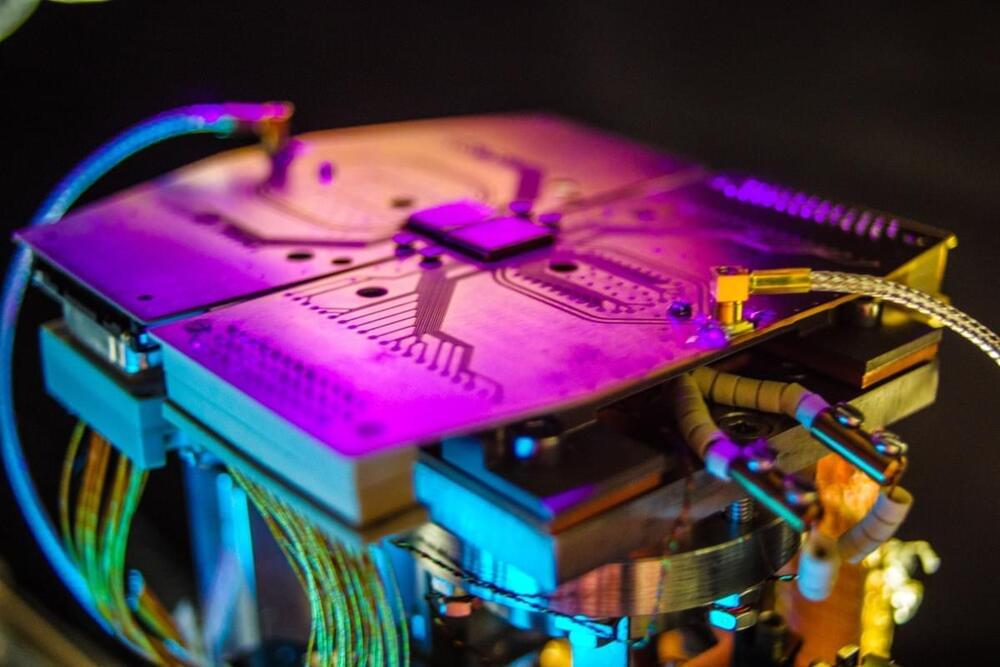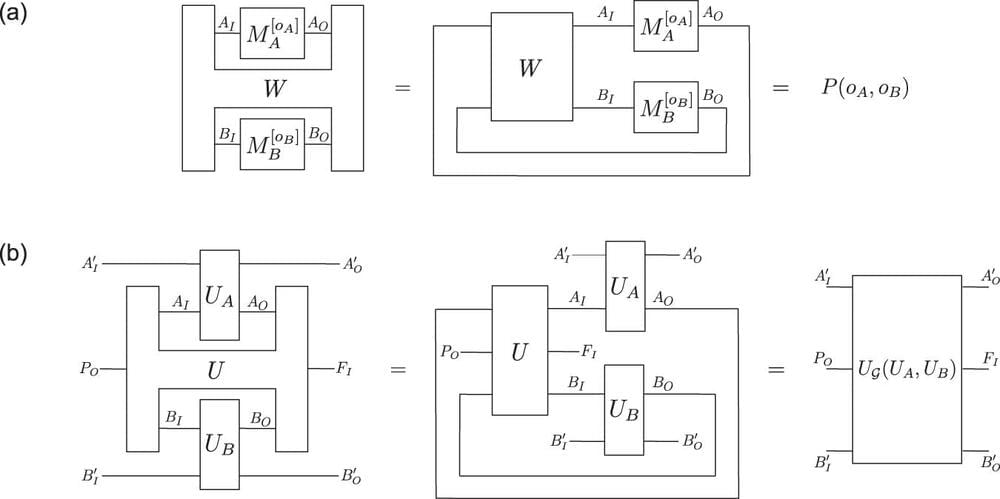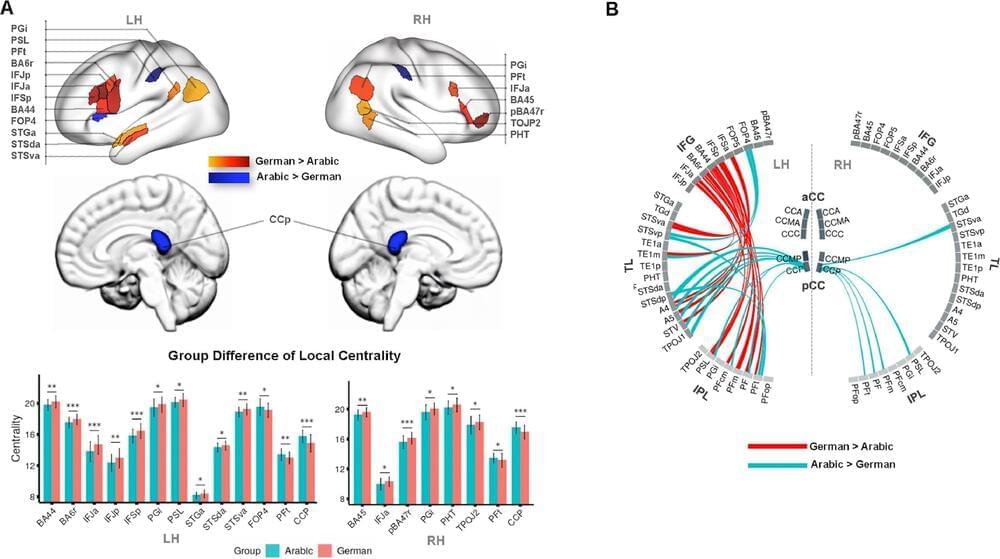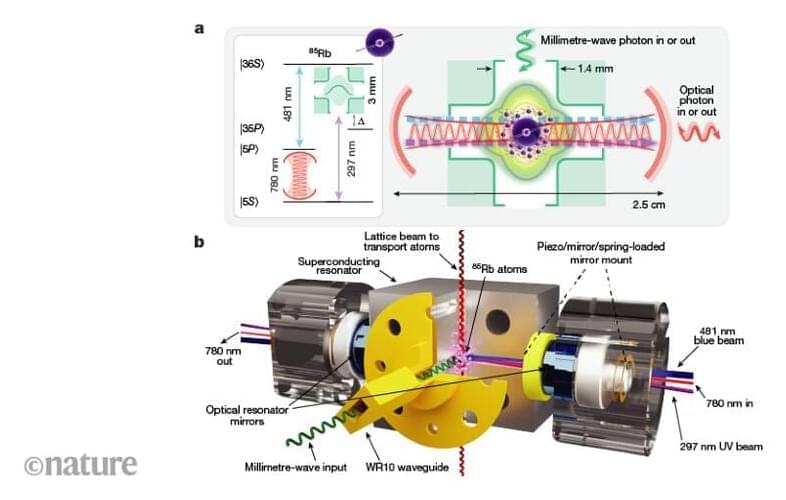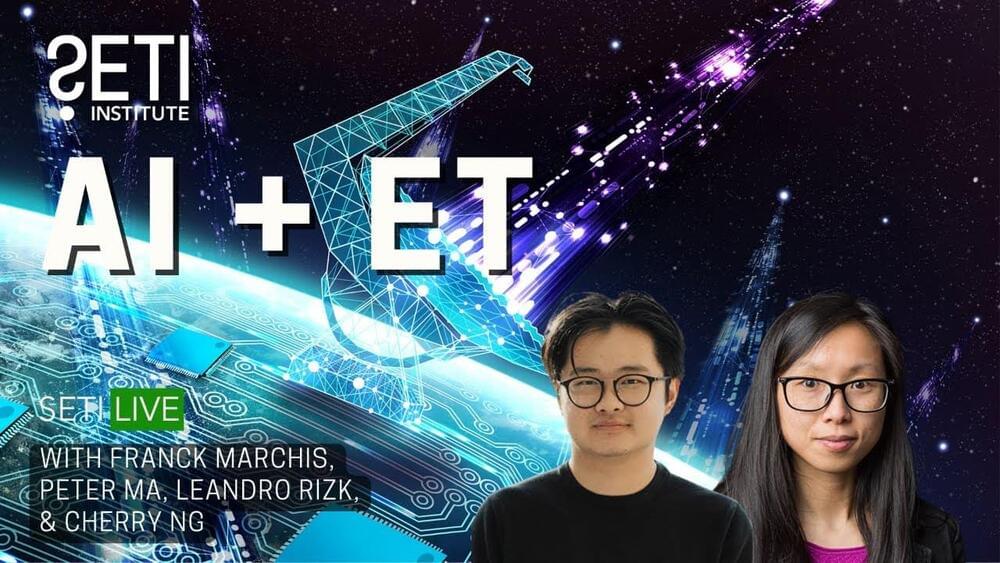A quantum computer in the next decade could crack the encryption our society relies on using Shor’s Algorithm. Head to https://brilliant.org/veritasium to start your free 30-day trial, and the first 200 people get 20% off an annual premium subscription.
▀▀▀
A huge thank you to those who helped us understand this complex field and ensure we told this story accurately — Dr. Lorenz Panny, Prof. Serge Fehr, Dr. Dustin Moody, Prof. Benne de Weger, Prof. Tanja Lange, PhD candidate Jelle Vos, Gorjan Alagic, and Jack Hidary.
A huge thanks to those who helped us with the math behind Shor’s algorithm — Prof. David Elkouss, Javier Pagan Lacambra, Marc Serra Peralta, and Daniel Bedialauneta Rodriguez.
▀▀▀

